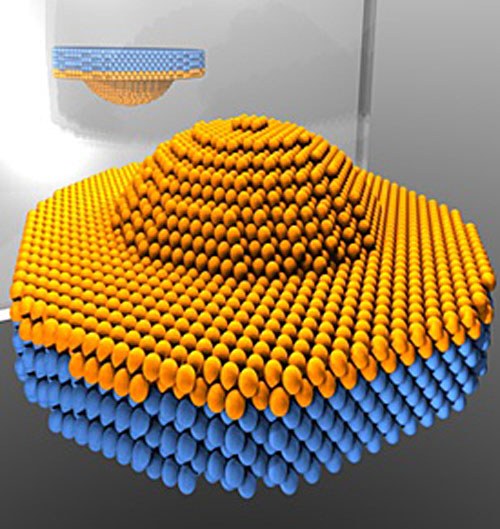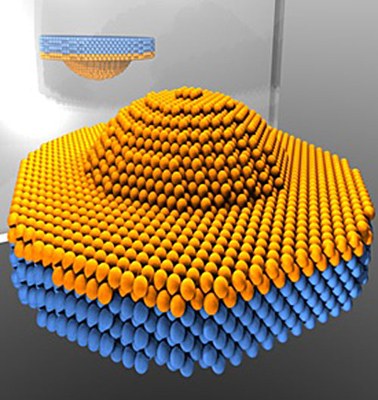Quantum Dots Are Not Dots
Researchers from the Quantum Photonics Group at DTU Fotonik in collaboration with the Niels Bohr Institute, University of Copenhagen surprise the scientific world with the discovery that light emission from solid-state photon emitters, the so-called quantum dots, is fundamentally different than hitherto believed. The new insight may find important applications as a way to improve efficiency of quantum information devices. Their findings are published on December 19th 2010 in the prestigious journal Nature Physics.
Today it is possible to fabricate and tailor highly efficient light sources that emit a single photon at a time, which constitutes the fundamental unit of light. Such emitters are referred to as quantum dots and consist of thousands of atoms. Despite the expectations reflected in this terminology, quantum dots cannot be described as point sources of light, which leads to the surprising conclusion: quantum dots are not dots!
This new insight was realized by experimentally recording photon emission from quantum dots positioned close to a metallic mirror. Point sources of light have the same properties whether or not they are flipped upside down, and this was expected to be the case for quantum dots as well. However, this fundamental symmetry was found to be violated in the experiments at DTU where a very pronounced dependence of the photon emission on the orientation of the quantum dots was observed.
The experimental findings are in excellent agreement with a new theory of light-matter interaction developed by DTU-researchers in collaboration with Anders S. Sørensen from the Niels Bohr Institute. The theory takes the spatial extent of quantum dots into account.
At the metal mirror surface, highly confined optical surface modes exist; the so-called plasmons. Plasmonics is a very active and promising research field, and the strong confinement of photons, available in plasmonics, may have applications for quantum information science or solar energy harvesting. The strong confinement of plasmons also implies that photon emission from quantum dots can be strongly altered, and that quantum dots can excite plasmons with very large probability. The present work demonstrates that the excitation of plasmons can be even more efficient than previously thought. Thus the fact that quantum dots are extended over areas much larger than atomic dimensions implies that they can interact more efficiently with plasmons.
The work may pave the way for new nanophotonic devices that exploit the spatial extent of quantum dots as a novel resource. The new effect is expected to be important also in other research areas than plasmonics, including photonic crystals, cavity quantum electrodynamics, and light harvesting.
The full research article is available at Nature Physics.
The Research Group Behind the Discovery:
The research has been conducted in the Quantum Photonics Group at DTU Fotonik, Technical University of Denmark by a research team consisting of postdocs Mads Lykke Andersen and Søren Stobbe and associate professor and group leader Peter Lodahl in collaboration with associate professor Anders S. Sørensen from the Niels Bohr Institute at University of Copenhagen.


